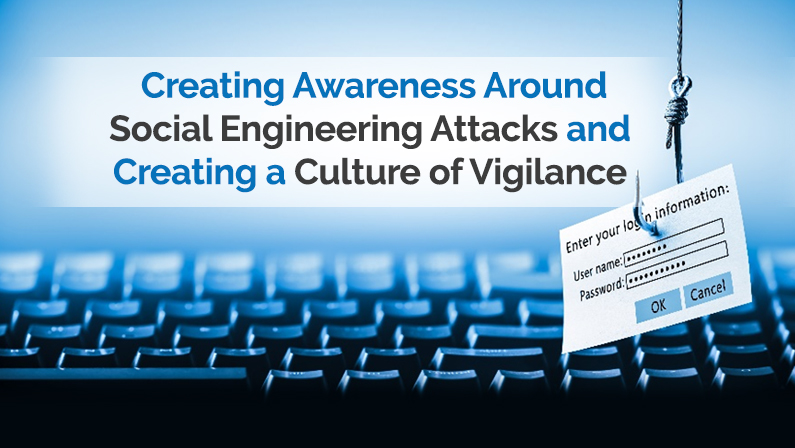Training Programs:
Regular Training Sessions: Conduct regular training sessions on social engineering threats, common tactics used by attackers, and how to recognize phishing emails, malicious links, and social engineering attempts.
Simulated Attacks: Use simulated phishing attacks to test employees’ responses and raise awareness. Provide feedback and additional training to those who fall for simulated attacks.
Awareness Campaigns:
Posters and Infographics: Create visually engaging posters and infographics that highlight key points about social engineering attacks. Display them in common areas and use digital screens for reinforcement.
Email Reminders:
Send periodic email reminders about the latest social engineering tactics and examples of recent attacks. Encourage employees to be cautious and report suspicious activities.
Incident Response Plan:
Clearly Defined Procedures: Develop and communicate clear procedures for reporting suspected social engineering incidents. Ensure that employees know whom to contact and how to provide relevant information without compromising security.
Role-Specific Training:
Tailor Training to Roles: Provide role-specific training to address the unique vulnerabilities and risks associated with each department or job role. Finance and HR staff, for example, may face different types of threats.
Open Communication:
Encourage Reporting: Foster a culture where employees feel comfortable reporting suspicious activities without fear of reprisal. Establish anonymous reporting channels if necessary.
Share Real Examples: Share real-world examples of social engineering attacks, both successful and thwarted, to illustrate the importance of vigilance.
Continuous Learning:
Stay Updated: Social engineering tactics evolve, so it’s crucial to keep training materials up to date. Regularly update training content based on emerging threats and industry trends.
Technical Solutions:
Implement Email Filtering: Use advanced email filtering systems to detect and filter out phishing emails before they reach employees’ inboxes.
Endpoint Protection: Ensure that endpoint protection solutions are in place to detect and prevent malware from being executed on employees’ devices.
Reward System:
Recognition Programs: Establish a reward system to recognize employees who consistently demonstrate vigilance against social engineering attacks. This could include shout-outs in meetings, certificates, or small rewards.
Leadership Involvement:
Lead by Example: Leadership should actively participate in training and demonstrate a commitment to cybersecurity best practices. When employees see leaders taking security seriously, they are more likely to follow suit.
Regular Assessments:
Assess Security Awareness: Conduct periodic assessments to gauge the overall security awareness of employees. Use the results to identify areas that need additional focus and improvement.
By combining these strategies, you can create a comprehensive approach to educate and engage your staff in the fight against social engineering cyberattacks, ultimately building a culture of vigilance within your organization.





